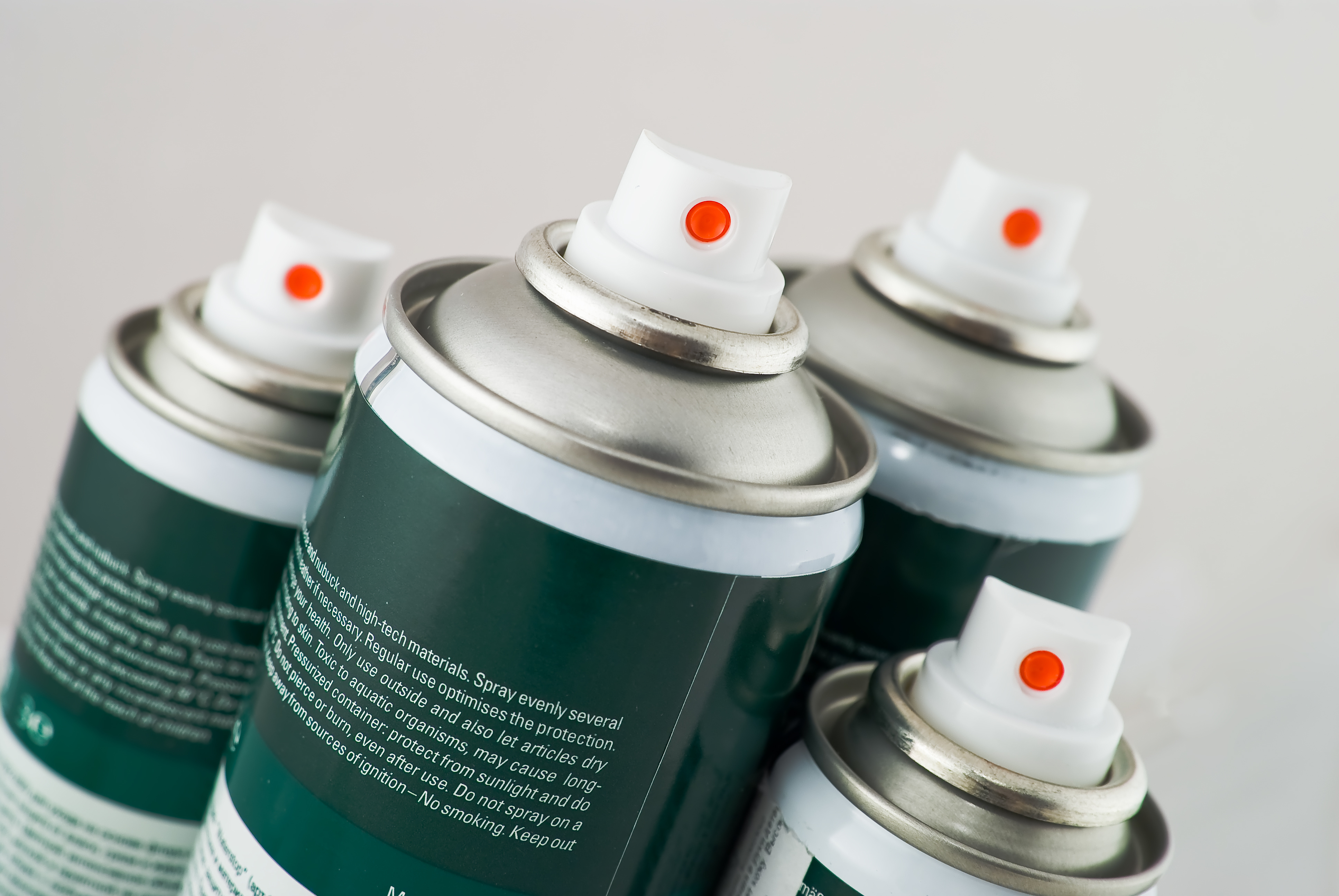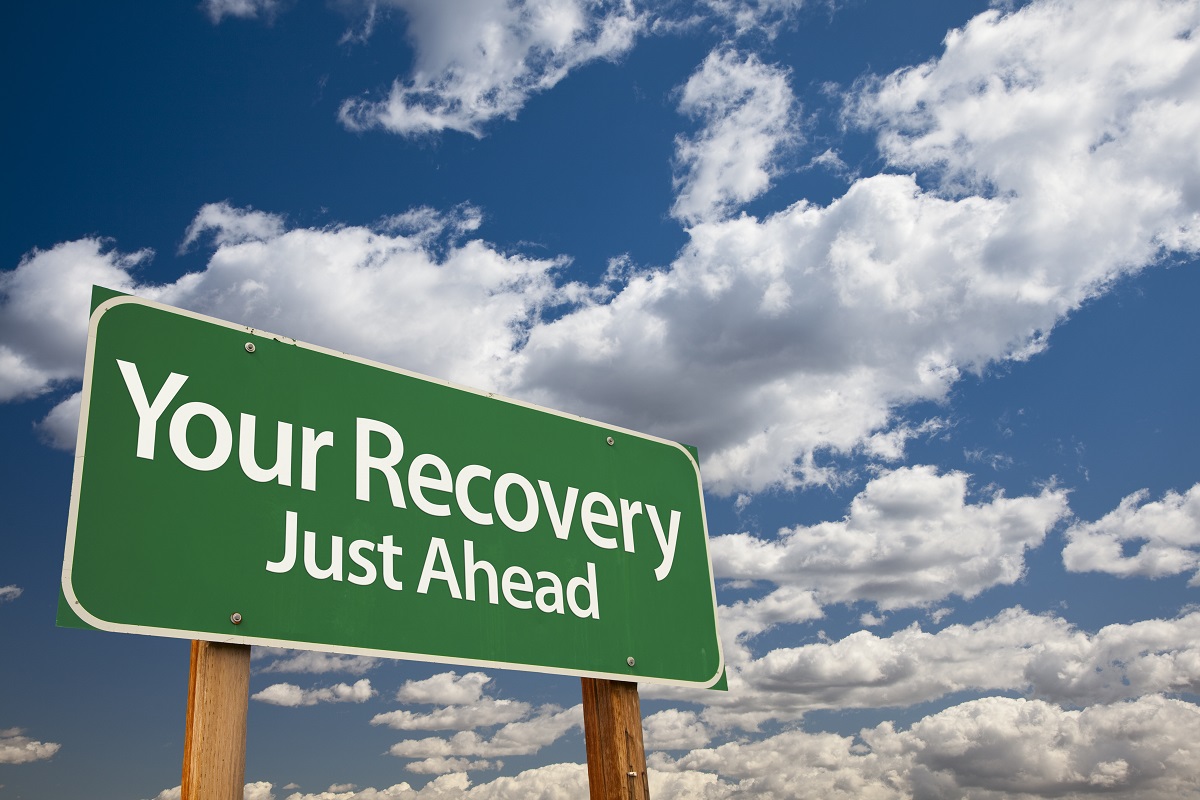Though a lot of parents are normally concerned with their kids when it comes to illegal drugs such as marijuana, LSD, and cocaine, what they frequently ignore are the common products found in the house that have aerosols or volatile solvents. These products are inhalants and they can be abused and addiction is possible with constant use. In this post, we will share with you how to overcome inhalant abuse. If you’re a parent and you suspect that your child is abusing inhalants, you may have to consider confronting them about it so that the habit can be stopped.
For many generations, inhalants have been abused. But many parents don’t believe their child would take part in something so clearly harmful. Regrettably, many kids do.
Products like cleaning fluids, hair sprays, deodorants, spray paints, lighter fluids, and nail polish remover are some of the things that commonly available and easy to acquire.
Many young individuals inhale the vapours from these products, seeking quick intoxication not knowing that what they’re doing can significantly affect their health. Of course, kids aren’t the only ones huffing inhalants. Adults who can’t afford illegal drugs make do of these inhalants to get high.
What Products are Commonly Used as Inhalants?
Inhalants are chemicals usually found in ordinary household goods. These products produce vapours which people inhale so that they can get high. When a person inhales the vapours, the can experience a mind-altering sensation.
There are several substances that a person can use for the purpose of getting high. There are four basic inhalant categories found commonly around the house. They may also be medical or industrial products. The four categories are nitrites, gases, aerosols, and volatile solvents.
Volatile solvents are products with liquids that evaporate when they are placed at room temperature. Some of the products that have volatile solvents include correction fluids, markets, dry-cleaning products, glue, gasoline, degreasers, and paint thinners.
Aerosols are products that are chemical sprays. They contain solvents or propellants or both. Some examples of aerosols are cooking sprays, hair sprays, fabric protector sprays, deodorant sprays, and spray paints.
Gases that are commonly abused are usually found in commercial or household products. Some examples are medical anesthetics, refrigerants, propane tanks, butane lighters, nitrous oxide, halothane, chloroform, and ether.
Volatile solvents, aerosols, and gases affect the central nervous system, giving a psychoactive effect on the person abusing these inhalants. The effects can be mood-altering or mind-altering. There are instances that it can be both. The fourth inhalant category, Nitrite, has a different effect on the human body.
Nitrites function chiefly by relaxing muscles and dilating the blood vessels. These inhalants are usually abused for the purpose of sexual enhancement. That is why it is a different kind of inhalant. Nitrite inhalants are also known as snappers or poppers. Some examples are Isobutyl (butyl) nitrite, Isoamyl (amyl) nitrite, and Cyclohexyl nitrite.
Nitrites once used as a prescription treatment for heart pain, now it is prohibited to be used for such purpose. Nevertheless, they are still available to consumers. They are mostly labelled as “liquid aroma,” “leather cleaner,” “room odorizer,” and “video head cleaner.”

Factors Contributing to Inhalant Abuse
Due to their accessibility in ordinary household products, inhalants are often among the first substances that kids use. Inhalants are commonly used by youngsters more than older adolescents.
Although kids are the major abusers, abuse of inhalants can become chronic and may continue well into adulthood. The habit of inhaling substances are said to peak when the child is at the 7th to 9th grade, according to a study.
Inhalant abuse is present in both urban and rural populations. The major condition affecting the use of inhalants are socioeconomic factors. Poverty, difficulties in school, as well as a history of abuse during childhood are factors contributing to increased abuse of inhalants.
How Inhalants are being Used
When using inhalants, users breathe the vapour in through their mouth or nose. The substance is then quickly absorbed in the blood through their lungs. This results in an almost instantaneous high. Here are other ways that inhalants are used by users.
- Snorting or sniffing vapours from the containers of inhalants
- Spraying the aerosols into their mouth or nose directly.
- Spraying the chemical into a paper or plastic bag and inhaling the fumes out of it.
- Soaking a rag with the inhalant and holding it onto the face to inhale the substance.
- Using balloons that are filled using nitrous oxide and inhaling from it.
There is no safe way to use inhalants when the person is abusing it. All of these methods are harmful to the body. Some of the ways that users sniff the inhalants are specifically designed to attempt to cover up what they’re doing.
There are instances that an inhalant user will put the substance on their sleeves and collars or other garments so that they can sniff out the fumes while they are at their job or at school. The substances may also be placed inside soda cans where the user will inhale it from.
Many young inhalant abusers make use of markers and correction fluids to get high. These products are easy to conceal as ordinary objects that are used regularly at school. Again, not one of these techniques is safe. When a person places inhalants in soda cans or paper bags, the vapours will intensify.
Every year, a significant number of young people die because of inhalant abuse. Those who survive suffer from severe health consequences such as damage of the bone marrow, liver, blood, kidney, and heart. They may also suffer from muscle control loss and permanent brain damage.
Dangerous Effects of Abusing Inhalants
No matter which method is used for inhaling substances, intoxicating effects can be experienced by the user. Within a few minutes of inhaling the substance, the user may lose control of his or her speech and movements. Apart from that, the users may feel lightheaded and nausea may set in. They may experience delusions and hallucinations.
Some of the dangers of abusing inhalants are that the high that the users experience from it is short-lived. This prompts them to inhale the substance over and over just to keep feeling high. Inhaling too much of these substances can knock a person unconscious and this can be fatal.
Depending on what kind of chemical is being inhaled, there are various effects on the body that can be dangerous. One of that is organ damage. Such damages to the brain, bone marrow, liver, and kidney may be irreversible. The user may experience limb spasms and hearing loss as well.
There are many ways that abusing inhalants can be fatal. An example here is asphyxiation. When a person inhales the fumes, it goes to the lungs which then displaces the oxygen needed for the body to function properly.
Suffocation can also happen especially if the user is sniffing the inhalant from a plastic bag which has been placed over their head. Users may also end up comatose if the brain shuts down because of lack of oxygen.
The dangerous effects of inhalant abuse can be severe and irreversible. Damage to the brain can happen to any inhalant user. The consequences of using inhalants can kick in fast as these substances can penetrate through the blood-brain barrier fast.
The body is not designed to take in these chemicals. Along with brain damage are depression and muscle weakness. The user may also get severe nosebleeds as well as notice that much of their sensations in the body are lost.
Many users die because of sudden sniffing death. This is when their heart just stops after they have inhaled the substances. This can happen to any inhalant user, be it their first time or their hundredth time.
Related article: Problems that Alcohol Abuse can Cause
What are the Signs of Inhalant Abuse?
Inhalant abuse is the intentional inhaling of chemicals, meant to create the feeling of being “high” and obtaining feelings of euphoria. Individuals who abuse inhalants often become dependent on them, based on their high level of accessibility. As opposed to other forms of drugs that are obtained through dealers or prescriptions, inhalants can be found in regular household items.
Although not as popular as they were in the ’90s, inhalants continue to be an issue, specifically for younger generations. The reason for this may be because of the level of accessibility as well as the affordability. Inhalants can be created from items such as nail polish, common house cleaners, hairspray, etc.
If you suspect that someone you know may be abusing this type of substance, there are signs to watch out for. If you’re wondering what are the signs of inhalant abuse, consider the following symptoms that may tip you off.
Physical Symptoms
When looking for signs of inhalant abuse, physical signs will be much easier to spot with this drug than others. One of the first tell-tale signs of use may be paint stains on the user’s face, or they may carry a strong smell of solvents on them.
Someone who has just recently used inhalants will likely have symptoms similar to that of someone who is intoxicated, including having slurred speech, nausea and disorientation. It can also be helpful to look for dilated pupils and a lack of appetite. Long-term physical effects of inhalant use include weight loss, lack of coordination, weakness and mood swings.
You may also check their room, apartment, or house. What are the signs of inhalant abuse in a user’s home? Physical signs to look out for include an excess of empty containers and canisters. Collections of empty items such as paint cans, cleaners, and air compressors can all be signs, as well as rags saturated in liquids like paint thinner or gasoline.
The Most Dangerous Symptoms of Inhalant Abuse
The outward physical appearance of an inhalant user may make their addiction known, but the most dangerous effects of inhalant use cannot be seen. Less obvious signs include varying levels of damage to body parts such as the liver, the heart, the kidneys, and bone marrow.
For those individuals who use inhalants heavily and over a long period, the lungs are continuously filled with gas instead of fresh air. Serious effects of this act can include irregular heartbeats, suffocation, seizures, and brain damage. Those users who inhale gases from containers such as whipped cream canisters may experience severe headaches, glaucoma, or blindness. Of the most serious symptoms of inhalant use, comatose and even death can occur.
Individuals who are addicted to inhalants will require rehabilitation just as much as someone who is addicted to alcohol or heroin does. Although inhalants are much easier to access, they can be just as harmful to the health of an individual. Those who start using inhalants early are likely to experience long-term effects that can disturb their health for years to come.

How to Overcome Inhalant Abuse?
Abusing inhalants can be just as dangerous as taking illicit drugs. It can disrupt normal functioning and cause severe health problems. Nevertheless, it’s not too late to seek help. There are still ways to overcome inhalant abuse.
Becoming dependent on substances such as inhalants makes it difficult for the person to stop using them. But it is not impossible to kick the bad habit. It may be challenging but a person who truly wants to get clean can make this happen.
Recovery from inhalant dependence starts with the person’s willingness to stop using inhalants. Once the problem of inhalant abuse is identified and recognized, then this can be an opportunity to start the process of recovering from the addiction.
Behavioural therapies can also help in getting rid of the habit of abusing inhalants. An individual can talk to counsellors, social workers, or psychotherapists so that they may be assisted in their recovery from inhalant abuse.
These addiction specialists are equipped to manage the withdrawal symptoms from substance addiction. Going to CBT or cognitive behavioural therapy is among the types of therapies that individuals who want to stop using inhalants can consider going to.
Recovery can be a reality for many people struggling with inhalant abuse. It will be a worthwhile journey even if it will be lengthy and difficult at times. The length of time that it takes for a person to fully recover from inhalant dependence can vary from case to case. For some, a few months is enough while others may need to be in the continuing care for a number of years.
It might be a battle to resist the urge to go back to using inhalants. These substances can affect an individual’s body and it’s going to take some time for the body to repair itself. Some damages may be permanent. But the earlier the treatment starts, the better are the chances to prevent any serious consequences.
Takeaway
Overcoming inhalant abuse is not impossible. Anyone who wants to kick the habit of using substances, whether inhalants or illicit drugs, can successfully do so for as long as they commit to the treatment program. Also, people who want to recover from addiction can have a higher rate of success if they are supported by their loved ones. If your child is using inhalants, don’t hesitate to talk to them about it and offer your support in taking them to the best addiction treatment centres.
Related article: What are the Signs of Inhalant Abuse?






